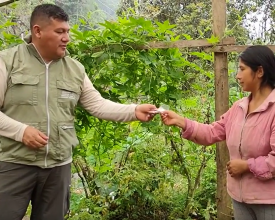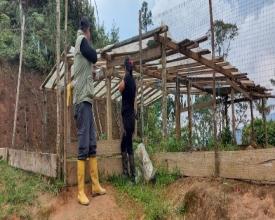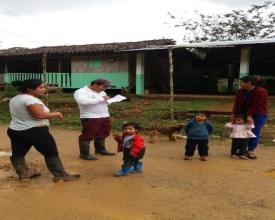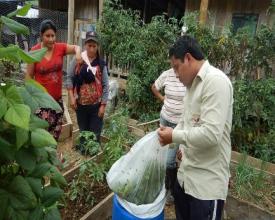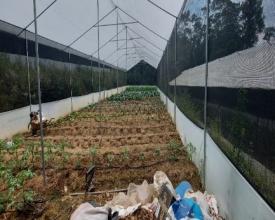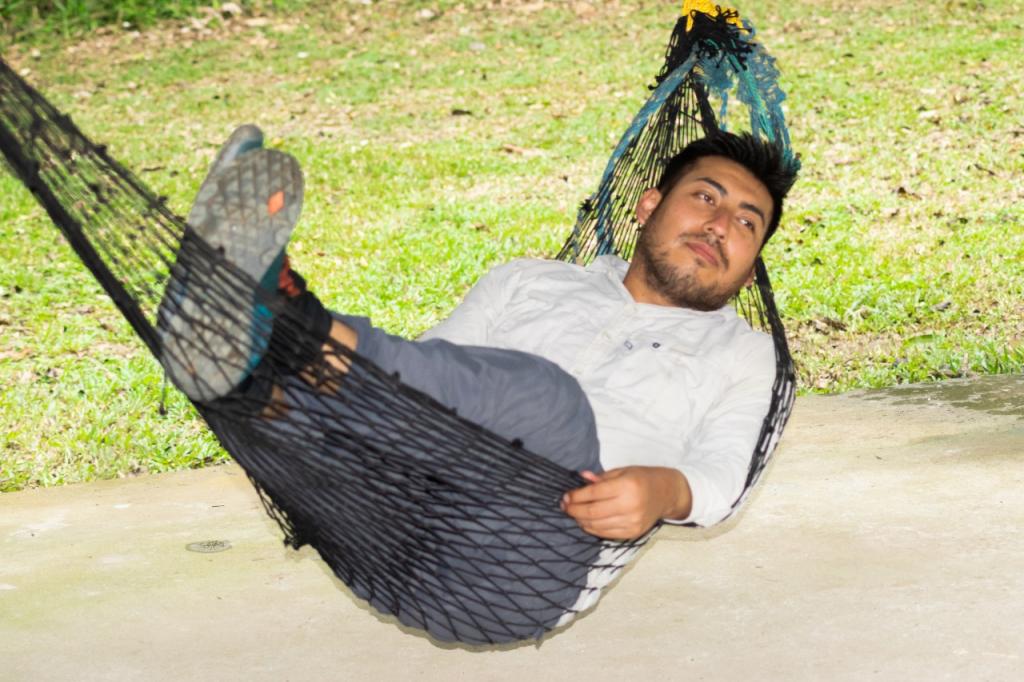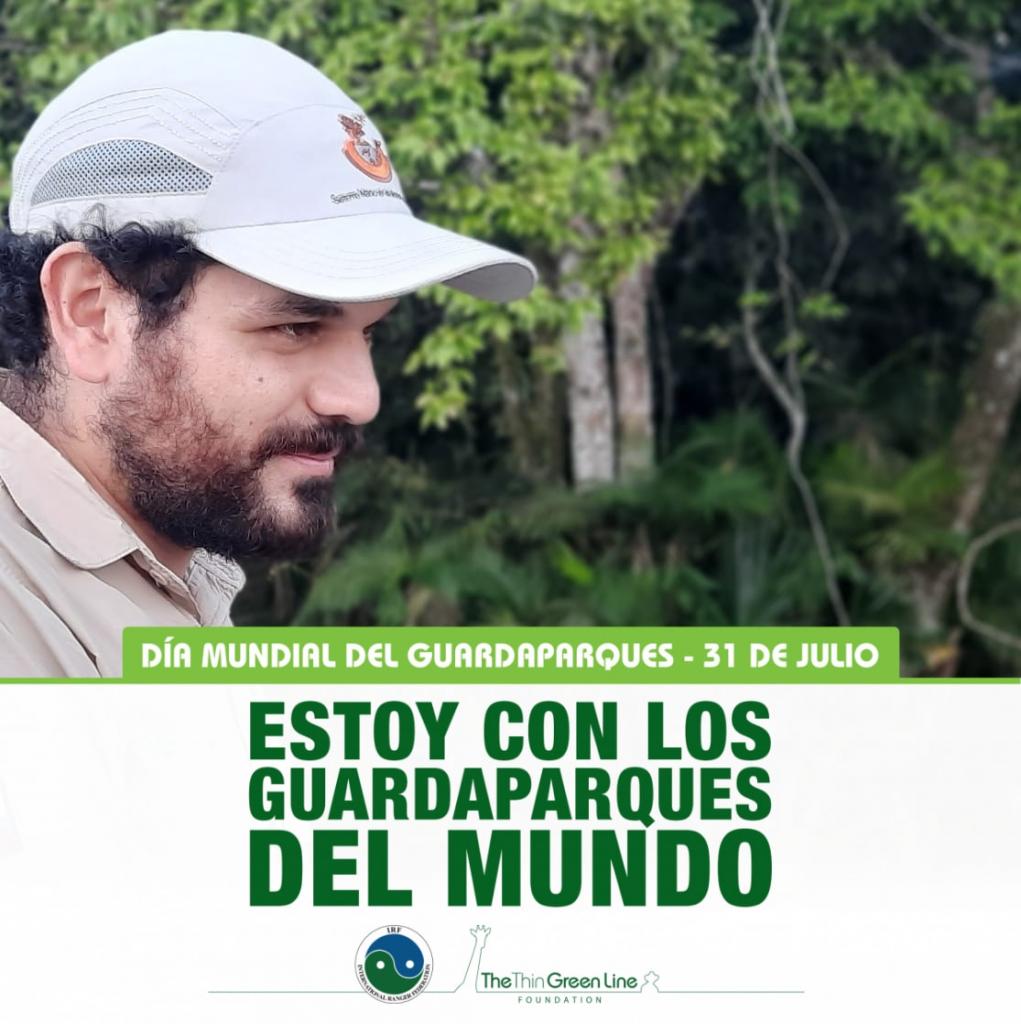Gardens for food sovereignty in the Rio Blanco community, El Zarza Wildlife Refuge.
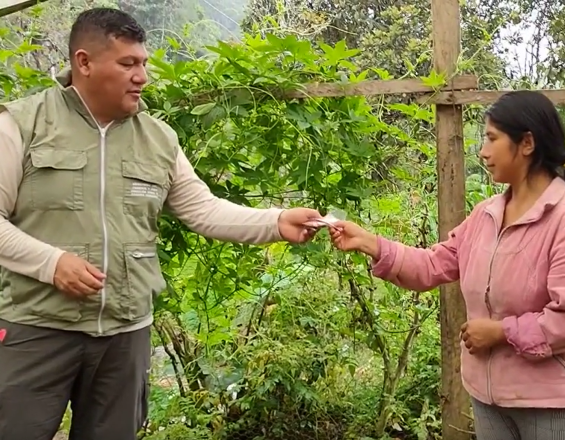
In the buffer zone of El Zarza Wildlife Refuge there are several communities such as: El Zarza, El Jardin del Condor and Rio Blanco, with high levels of poverty and child malnutrition. Their inhabitants are dedicated to agricultural and livestock activities. Although there are no threats to the interior of the PA, there are inappropriate agricultural practices in the buffer zone that affect the fragmentation of the area and the contamination of water resources. In response to this, the PA administration developed a technical support project for socioeconomic benefit based on organic family gardens and greenhouses of the community association 'Juntos por el Progreso' of the Rio Blanco community, which promote food sovereignty and help reduce pressures on the refuge.
Context
Challenges addressed
- Reinforcement of training on topics such as orchard management and organic fertilizer production for the beneficiaries of the El Blanco community's productive projects.
- Strengthen the support links between the protected area and the community by defining a schedule of follow-up visits.
- Motivate the community members to continue working on their production, regardless of the presence of third parties, since the production will be healthy without the use of agrochemicals, encouraged to generate economic income, in case they want to sell, and self-consumption that saves them from buying in places of supply.
- To advance in sustainable production with a balance between environmental, economic and social aspects.
- Establish agreements that commit private companies to contribute to the renovation of greenhouses, since their durability is four years.
Location
Process
Summary of the process
- Environmental education and awareness-raising activities have been carried out in educational institutions and communities in its buffer zone and area of influence. These visits cover topics such as water resource protection, land use conversion, and organic fertilizer production, among others. At least 16 talks were given (13 and 25 students per talk).
- Five visits were made in which topics related to the production of organic fertilizers, pest control, and substrate preparation were discussed. Between 12 and 15 people participated in each training session.
- By generating environmentally friendly fertilizers and reusing organic matter, the use of chemical fertilizers that pollute natural resources is reduced, mitigating possible negative impacts on soil, water, and air resources. This results in sustainable production that benefits the local population.
- We have coordinated with the Provincial Government of Zamora Chinchipe to donate fertilizers and family greenhouses. This will stimulate and enhance the social and economic development of the area, benefiting families in the buffer zone through the production of healthy food.
Building Blocks
Environmental education and awareness
The inhabitants of the protected area's buffer zone need to know about the biodiversity that is being conserved and understand the benefits of proper management.
Enabling factors
- Identification of environmental and socioeconomic problems affecting the population of the Río Blanco community.
- Selection of contents and preparation of didactic materials for the development of talks and visits to the community.
- Participatory identification of measures or actions that can be implemented for the production of healthy and environmentally friendly food in the protected area.
Lesson learned
- The joint work between the community and protected area staff in activities such as community mingas strengthens relationships of trust and reinforces bonds of friendship, improving the relationship between these two sectors in the management of the protected area, strengthening participation as an important aspect of the area's certification on the Green List.
- The participatory identification of socio-environmental problems makes it possible to find simple solutions that can be implemented by everyone without much effort.
Technical training on home gardens
Based on the experience of the community and the RVSZ staff, home gardens are established to support the production of healthy and conservation-friendly food.
Enabling factors
- Preparation of a training plan agreed with the community.
- Search for technical and financial support as seed capital to start with the establishment of home gardens.
- Development of visits and field days for training and technical assistance to families interested in home gardens.
Lesson learned
- Through various technical trainings, we have improved the pedagogy to reach the community in a more precise and comprehensive way, solving doubts and generating new knowledge aimed at sustainable production in the buffer zone of the El Zarza Wildlife Refuge.
- The park rangers and staff of the RVSZ strengthen the relationship with the community based on trust and commitment, which creates spaces of harmonious coexistence in favor of conservation.
Conservation of natural resources and contribution to socioeconomic development
The development of family gardens without the use of agrochemicals benefits the quality of natural resources and contributes to improving the quality of the diet of the Río Blanco community.
Enabling factors
- Selection of edible plant species for home gardens.
- Preparation of organic fertilizers and maintenance of home gardens.
Lesson learned
- The self-consumption of products from the different gardens and greenhouses contributes positively to the community, as it reduces the dependence on traveling to an external market, improving the quality of life, by consuming chemical-free food and therefore beneficial to health, in addition to exchanging products or deciding to generate an economic benefit by selling the product.
- The home gardens are spaces for experiences and practical examples of effective measures to reduce the impact of agricultural activities on the natural environment.
- The development of conservation-friendly activities in the buffer zones of protected areas contributes to reducing pressures within the protected area, in addition to being a space to raise awareness among the population about the importance of conserving their natural resources.
Impacts
- Improved quality of life in the Rio Blanco community.
- Eleven families implement short-cycle crops for self-consumption.
- Generation of economic income for families through the organic production of legumes for consumption and marketing.
- Mitigation of environmental impacts by promoting the non-use of agrochemicals, as the women who grow crops in the greenhouses are trained in the use of natural insecticides.
- Development of sustainable production, through the localized generation of greenhouses and avoiding the advance of the agricultural frontier, logging, and desertification.
- Reduction of 70% of organic waste when used as compost, which is applied in plant fertilization.
- Decrease in community pressure on the protected area; 50% of logging, illegal mining and hunting can be avoided, which improves governance as a requirement for compliance with the Green List Standard indicators.
- Support with labor for the maintenance of the community greenhouse of the "Juntos por el Progreso" Association and eleven family gardens, as well as technical training. Among the products grown in the greenhouse are: cilantro, parsley, lettuce, celery, broccoli, beets, carrots, strawberries, peppers, beans, red and white onions, peas, spinach, achojcha, chard, radish and cabbage.
Beneficiaries
11 families (100%) of the El Blanco Community linked to this project between family gardens and greenhouses of the community association "Juntos por el Progreso" (Together for Progress).
Sustainable Development Goals
Story
Although there are no human settlements in El Zarza Wildlife Refuge, there are several communities in the buffer zone. One of them is Rio Blanco, dedicated mainly to agricultural production, but the lack of resources and technical advice has caused a decline in organic food production. Mrs. Carmen Sivipasa, president of the Greenhouse Association "Together for Progress", wife of the current president of the community, Mr. Victor Carchi, Mrs. Nelly Angamarca, inhabitant of this community and other residents, promoted the project, generating spaces for dialogue and commitment with the staff of the Wildlife Refuge El Zarza, to generate the project, requesting support from the Provincial Government of Zamora Chinchipe, with the donation of organic fertilizers. It is very gratifying to remember the phrase that Mrs. Nelly Angamarca, grateful for the support provided, said ''Thanks to the support of the Refuge. With the help to obtain organic fertilizers I can produce healthy food and improve the living conditions of my family, thank you, dear gentlemen of the environment".
This project has become a strategy in the fight against unemployment and poverty that affects a large part of the farmers in this buffer zone, contributing to the strengthening of productive structures and to social, economic and environmental development.
With the execution of the technical support, the maintenance and food production in family vegetable garden plots and greenhouses is promoted, promoting new environmentally friendly techniques, aimed at avoiding the deterioration process of the agricultural system that is currently evident.
The participation of local stakeholders is fundamental for the Refuge with a view to being considered a protected area on the Green List.
